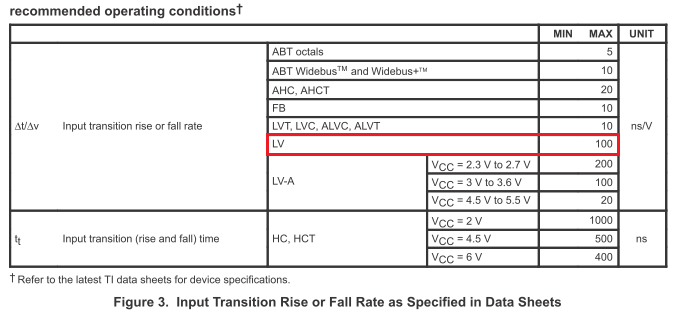Hi,
We are using AM335X processor. There are some level-sensitive signals directly input to AM335X GPIO pins. These signals are very slow in rise/fall time, e.g. 250ms.
If disregarding the power consumption, can this 250ms rise/fall time cause potential damage to AM3356 chip?
Regards,
Peng,



